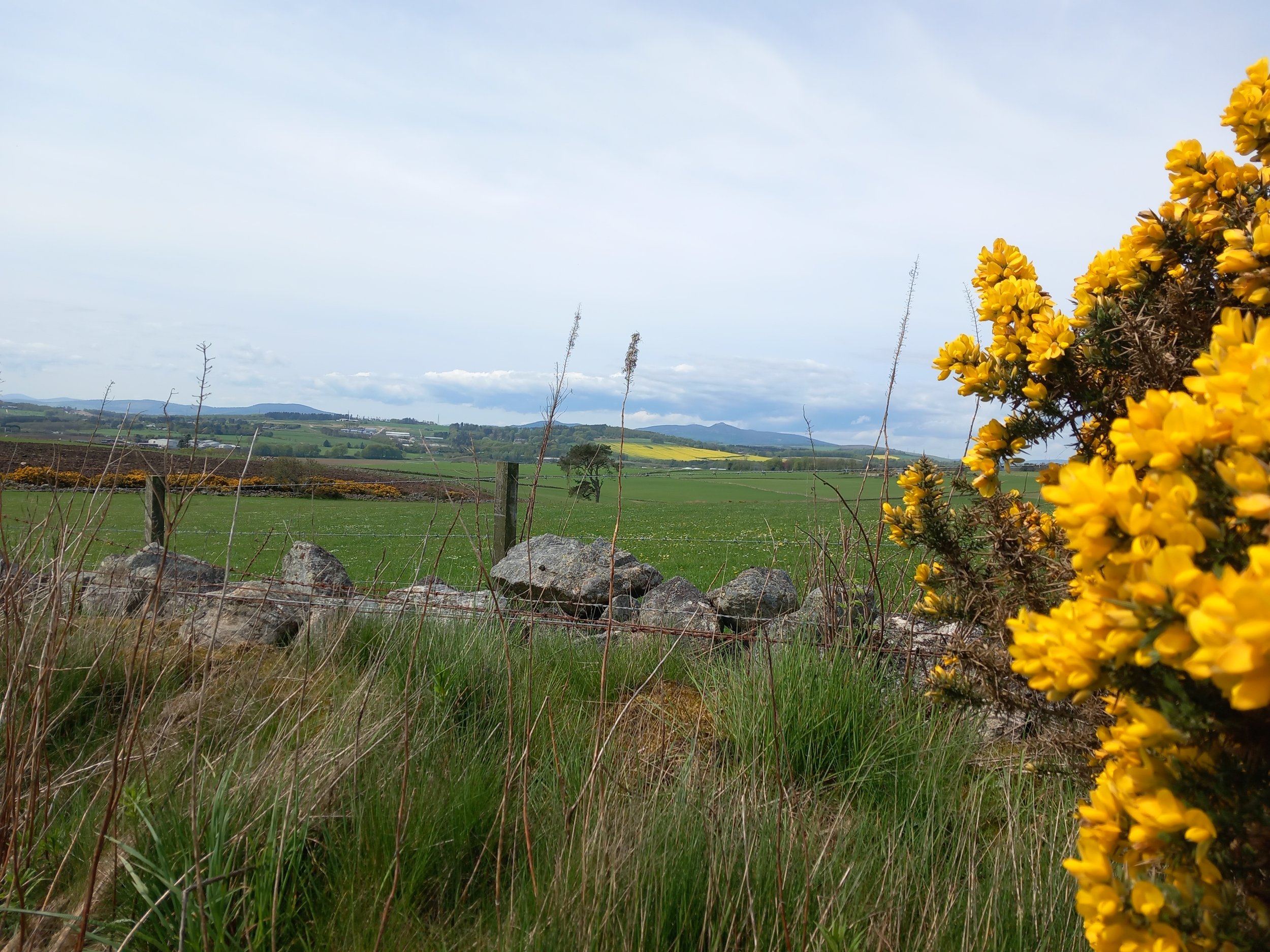Introduction to Marnock
Robert Marnock (1800-89) was a Scottish landscape gardener, designer, curator, nurseryman, head gardener, garden writer and editor. Over his long career he became one of the most productive and sought-after landscape gardeners of the nineteenth century.
Sheffield Botanical Gardens, from Marnock’s The Floricultural Magazine, 1836. Private collection.
Marnock came to prominence as head gardener at Bretton Hall, Wakefield (now the Yorkshire Sculpture Park), working for the flamboyant Diana Beaumont. In his early thirties he won the design competition for the botanical gardens in Sheffield, with a plan praised by the great gardening journalist John Claudius Loudon as showing ‘a mind deeply imbued with knowledge of his profession’ (Gardeners’ Magazine, 1834, p276). Marnock moved to Sheffield to oversee the creation of the gardens and become their first curator, and was soon advising on planting and design elsewhere, including the adjacent cemetery. During this time, Marnock married Anne Hobson, the daughter of a dissenting minister and advocate of the Lancasterian system of education (which enabled the poor to be taught). This family influence greatly affected Marnock’s future clientele and the social emphasis in his designs.
In 1839 Marnock and Anne moved to Hackney (then a centre of horticulture), where he intended to settle as a nurseryman. His reputation soon brought him the commission to design a garden for the Royal Botanic Society in the inner circle of Regent’s Park. He subsequently served as curator for more than 20 years and his enormous Flower Shows became one of the horticultural events of the year.
Crowds at one of Marnock’s Flower Shows for the Royal Botanic Gardens at Regent’s Park. Image from the Illustrated London News v.14 (1849). Digitised by Google.
He also undertook a substantial number of private commissions across the country, as well as sites in Italy and Belgium. Examples include the Inner Temple garden on London’s Embankment, Rousdon in Devon for tea importer Sir Henry Peek, and the parterre gardens and rose garden at Warwick Castle. Marnock promoted the natural style; modern observers have tried to link him with the gardenesque, but this was not a term he ever used, though he did admire and befriend Loudon, its originator. His planting coupled a naturalistic appearance in style and maintenance with a wide range of introductions.
Marnock also edited the monthly Floricultural Magazine aimed at the middle-class amateur gardener; and the weekly United Gardeners' and Land Stewards' Journal, with profits being donated to gardening charities.
Robert Marnock from The Garden, v. 36 (1890). Image from the Biodiversity Heritage Library. Contributed by UMass Amherst Libraries.
The Irish gardener and journalist William Robinson worked under Marnock at Regent’s Park, and praised him on his retirement as ‘the most successful of English landscape gardeners’ (The Garden, 1879, p388). In his final years, Marnock was instrumental in helping Robinson design his still-celebrated garden at Gravetye Manor in Sussex.
A number of sites designed by Marnock have been restored with Heritage Lottery funds, including Sheffield’s Botanical Gardens and General Cemetery; Dunorlan Park and Grosvenor & Hilbert Park, both in Royal Tunbridge Wells; Alexandra Park in Hastings; and Stephens’ House and Garden in Finchley.
This article originally appeared in the Gardens Trust Newsletter in Spring 2023, as part of the Trust’s Unforgettable Gardens campaign.







